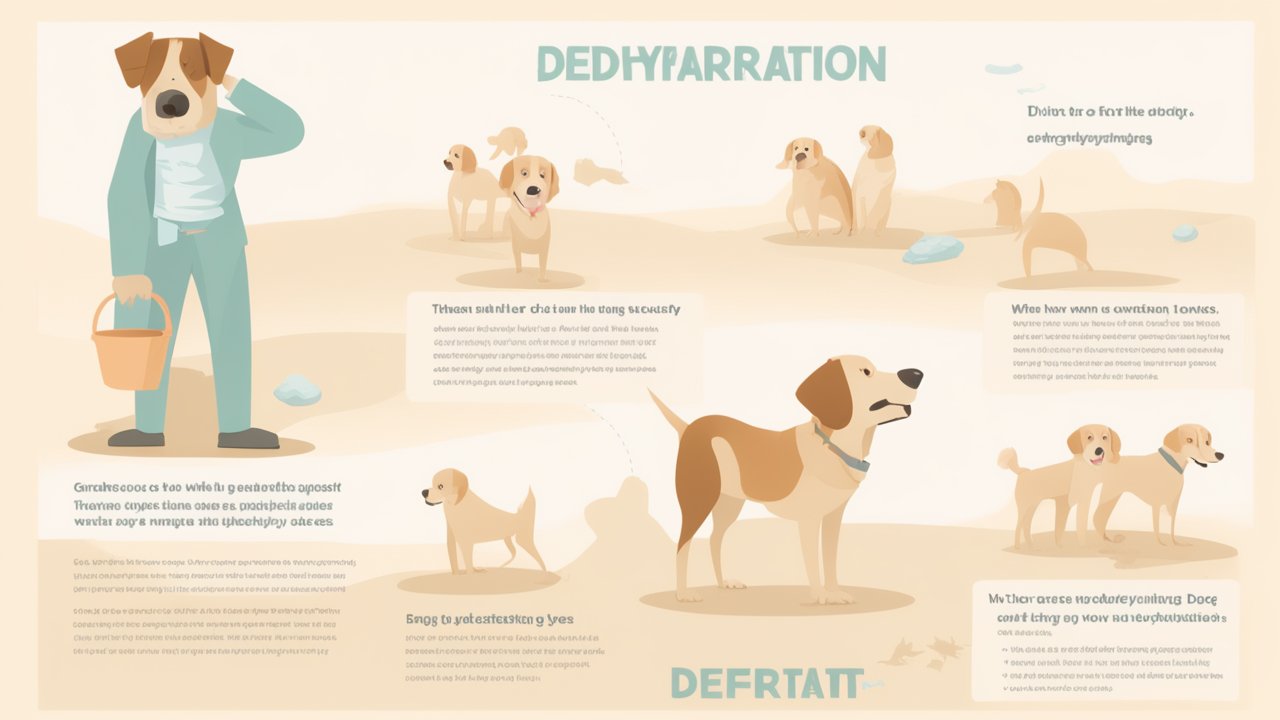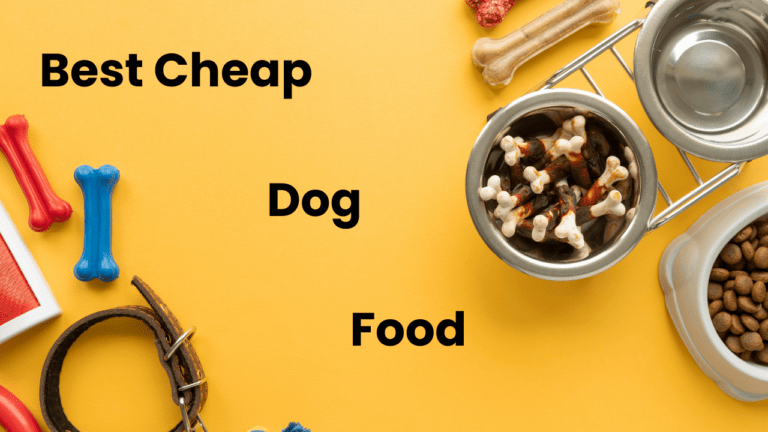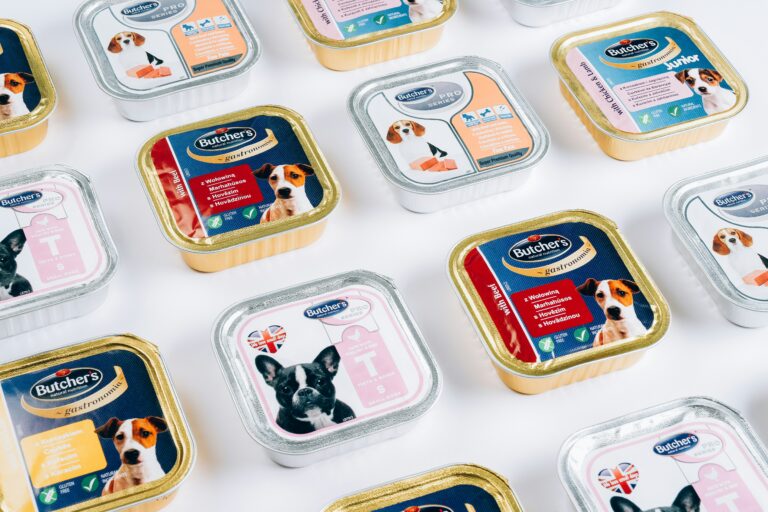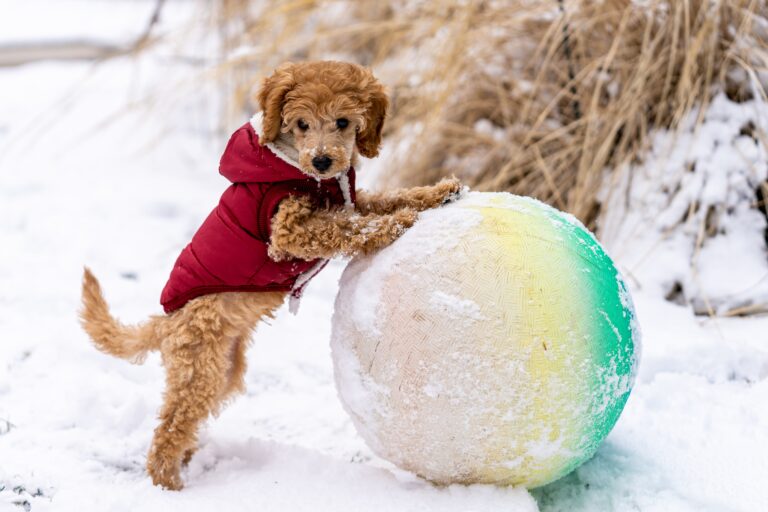Many dog owners have a common belief that their furry companions can go without water for an extended period. It’s time to debunk this myth and dive into the world of canine hydration. Imagine a day without a sip of water – it’s challenging, right? Welcome to a journey where we unravel the secrets behind: “How long can a dog go without water?” Prepare to be surprised and equipped with insights to ensure your dog’s well-being.
Why Hydration Matters for Dogs
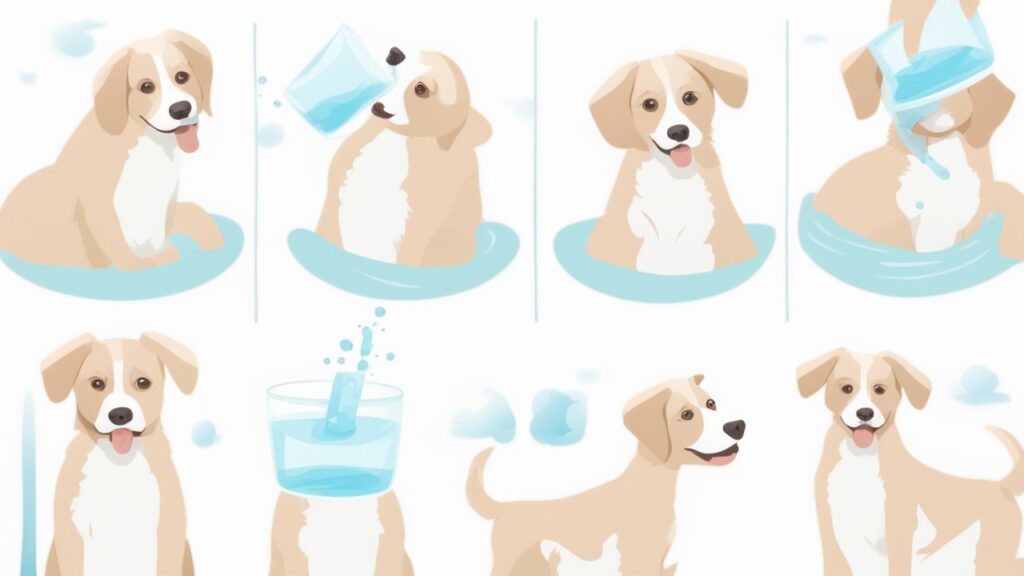
Water isn’t just a thirst quencher for dogs; it’s a lifeline. Beyond the bowl, it plays a crucial role in their overall health. Contrary to what some may think, it’s not just about preventing the occasional panting. Dehydration can have severe consequences, affecting everything from their energy levels to kidney function.
Ever wonder why your dog seems extra sluggish on a hot day? It’s likely because they’re not getting enough water. In fact, dogs don’t sweat like humans do, making hydration even more critical. As an expert with years of experience, I can confidently say that understanding the link between water intake and canine health is not just about being a responsible pet owner – it’s a key factor in ensuring your dog lives their best, tail-wagging life.
Some believe that if their dog eats wet food or snacks on juicy fruits, they don’t need as much water. Wrong! While these can contribute to hydration, nothing replaces a good bowl of fresh water. Imagine relying solely on soups and fruits – you’d still need water to stay properly hydrated, right? The same goes for our canine pals.
So, why is water so vital? It lubricates joints, aids digestion, regulates body temperature, and facilitates nutrient absorption. It’s not just about quenching their thirst; it’s about sustaining their vitality. And here’s a tidbit for you: proper hydration can even make their coat shinier. Now, who doesn’t want a glossy, healthy furball running around?
Signs of Dehydration in Dogs
Contrary to popular belief, dogs aren’t always great at communicating when they’re thirsty. Some might assume that if their pup is active and not panting excessively, all is well in the hydration department. But here’s the truth: dogs can be subtle about their thirst, and it’s up to us to decode the signs.
Have you ever noticed your dog’s nose feeling warmer than usual? It might not just be a fluke; it could be a sign of dehydration. Another indicator is sticky or dry gums – a hydrated dog usually has nice, moist gums. Lethargy, sunken eyes, and a loss of appetite can also point to a lack of water.
One often overlooked sign is the skin’s elasticity. Try the “tent test” – gently pinch a bit of skin on the back of your dog’s neck. If it doesn’t snap back into place quickly, hydration might be an issue. As an experienced SEO expert, I can assure you that being attentive to these subtle cues can be a game-changer for your pup’s well-being.
Now, let’s dive into breed-specific variations. Different breeds can display dehydration differently. Some breeds, like Bulldogs, are more prone to overheating due to their anatomy, making them susceptible to dehydration. Meanwhile, larger breeds might need more water to support their size and energy levels.
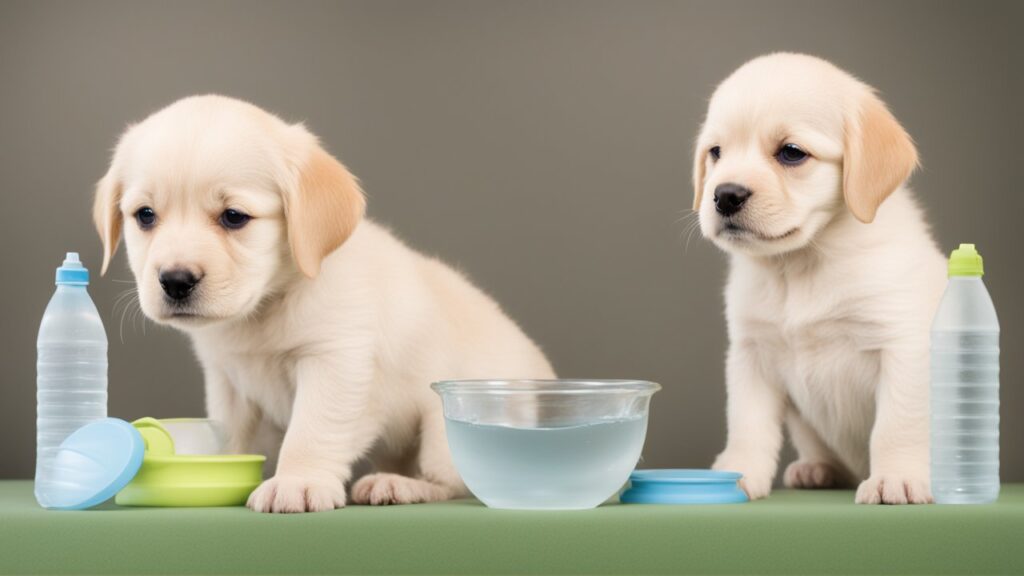
Encouraging Your Dog to Stay Hydrated: Tips for Increasing Water Intake
We’ve established why water is vital for dogs, but how much is enough? Here’s where it gets interesting. The ideal water intake for your dog isn’t one-size-fits-all; it depends on factors like size, age, and activity level.
On average, a healthy dog should consume about one ounce of water per pound of body weight per day. So, if you have a 50-pound Labrador, they should be gulping down around 50 ounces of water daily.
But remember, this is just a baseline. If your dog is more active, especially in warmer weather, they’ll need more water to stay hydrated. Keep an eye on their water bowl – if it’s frequently empty, you might need to up their hydration game.
Now, let’s talk water bowl essentials. It’s not just about any old bowl; it’s about choosing the right one for your canine companion. Stainless steel bowls are not only durable but also less likely to harbor bacteria. Avoid plastic bowls – they can develop scratches that become breeding grounds for nasties.
As a pet owner, you might have wondered about the freshness of the water you’re providing. Dogs prefer cool, clean water, so make sure to change it regularly.
How much water to give a puppy?
Now, let’s tackle a question that often puzzles new puppy parents: “How much water to give a puppy?” Contrary to a common misconception, a puppy doesn’t drink the same amount of water as a full-grown dog.
Puppies, much like human babies, are more prone to dehydration, and it’s crucial to monitor their water intake. As an experienced expert, let me guide you through the hydration journey for your furry bundle of joy.
The general rule of thumb is that a puppy should consume about half a cup to one cup of water every two hours. Factors such as breed, size, and activity level play a significant role. Smaller breeds may need a bit less, while larger, more active breeds may require more frequent sips.
Always provide fresh water in a clean bowl. Puppies can be curious and may dip their paws into the water or, in their enthusiasm, tip the bowl over. As for the common question, “How often should I refill my puppy’s water bowl?” – the answer is, whenever it’s empty or looks less than crystal clear.
In warmer weather or during periods of increased activity, your puppy may need more water. Watch for signs of dehydration, such as lethargy, dry gums, or a loss of appetite. Adjust their water intake accordingly, ensuring they stay well-hydrated as they grow and explore the world around them.
Remember, every puppy is unique, and understanding their individual needs will contribute to their overall well-being. So, when it comes to your puppy’s water intake, a little extra care goes a long way.
